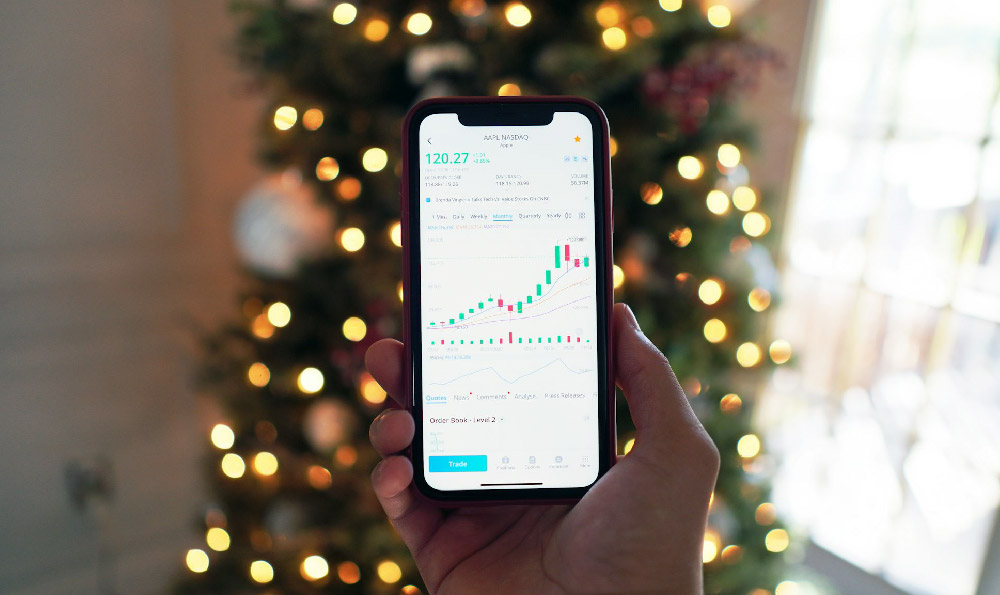The allure of becoming a successful YouTuber and generating significant income is undeniable in today's digital age. While pinpointing the absolute highest earner is an ever-shifting target, primarily due to fluctuating ad revenue, sponsorship deals, merchandise sales, and evolving content strategies, we can confidently discuss individuals and channels consistently ranking at the top and dissect the key factors contributing to their impressive earnings.
Focusing on consistent earners rather than one-off viral sensations provides a more stable and realistic picture. Names like MrBeast (Jimmy Donaldson), PewDiePie (Felix Kjellberg), and Dude Perfect regularly feature among the highest-paid YouTubers globally. These creators didn't achieve this status overnight; their success is built on years of dedicated work, strategic planning, and a deep understanding of the YouTube ecosystem.
So, what are the primary income streams contributing to their financial success? Let's explore the core components:

Ad Revenue (AdSense): This is the foundational income source for most YouTubers. Creators earn money based on the number of views their videos receive and the number of ads displayed. The cost per mille (CPM), or cost per thousand views, varies wildly based on factors like geographic location (CPM is generally higher in developed countries like the US, UK, and Canada), audience demographics (advertisers are often willing to pay more to reach specific demographics), video content (certain niches attract higher ad rates), and the time of year (ad rates typically increase during the holiday season). While ad revenue is essential, it's often not the primary driver of top earners' income, especially as their channels mature. The CPM is just too variable to rely on entirely.
Sponsorships and Brand Deals: This is where the real money lies for many high-earning YouTubers. Companies pay creators to feature their products or services in their videos. The value of these deals depends on the creator's reach (subscriber count and average views), engagement rate (how actively viewers interact with their content), niche relevance (the product or service should align with the creator's content), and the exclusivity of the agreement. For example, a tech reviewer with millions of subscribers may command tens or even hundreds of thousands of dollars for a single integrated product review. MrBeast, known for his extravagant challenges and philanthropic endeavors, frequently partners with brands for sponsored videos, leveraging his massive audience and positive image. The key here is authenticity; viewers can easily detect insincere endorsements, which can damage a creator's reputation and negatively impact future deals.
Merchandise Sales: Selling branded merchandise allows YouTubers to monetize their fanbase beyond video views. Items like t-shirts, hoodies, hats, mugs, and even custom-designed products generate significant revenue. The success of merchandise sales hinges on strong brand recognition, appealing designs, and effective marketing through their YouTube channels and social media platforms. PewDiePie, for instance, has successfully built a substantial merchandise business, leveraging his unique brand and dedicated fanbase. The profit margins on merchandise are often significantly higher than ad revenue, making it a lucrative income stream.
Affiliate Marketing: YouTubers can earn commissions by promoting products or services through affiliate links in their video descriptions. When viewers click on these links and make a purchase, the creator receives a percentage of the sale. This strategy is particularly effective for channels focused on product reviews, tutorials, and lifestyle content. The commission rates vary depending on the affiliate program and the product category. Successful affiliate marketing requires building trust with the audience and recommending genuinely valuable products or services.
YouTube Premium Revenue: YouTube Premium subscribers pay a monthly fee for ad-free viewing and access to exclusive content. A portion of this subscription revenue is distributed to creators based on their viewership among Premium members. While this income stream is smaller than ad revenue or sponsorships, it provides a supplementary income source for creators with a loyal audience.
Investing in Content and Infrastructure: A crucial factor often overlooked is the reinvestment of earnings back into the channel. High-earning YouTubers understand the importance of continuously improving the quality of their content, investing in better equipment (cameras, microphones, editing software), hiring skilled editors and production staff, and developing innovative content formats. MrBeast's elaborate challenges, for example, require significant upfront investment. This reinvestment cycle fuels further growth and allows them to maintain their competitive edge.
Niche Selection and Content Strategy: The choice of niche and the overall content strategy significantly impact earning potential. While some niches are inherently more lucrative due to higher advertising rates or a greater demand for sponsored content, finding a unique angle within a niche and consistently delivering high-quality, engaging content are essential for building a loyal audience and attracting sponsorships. Understanding YouTube's algorithm and optimizing videos for search (SEO) is also critical for maximizing visibility and attracting new viewers.
Diversification and Platform Expansion: Smart YouTubers don't put all their eggs in one basket. They diversify their income streams and expand their presence across multiple platforms, such as Twitch (for live streaming), Instagram, TikTok, and even platforms like Patreon, where they can offer exclusive content and perks to their most dedicated fans. This diversification reduces their reliance on a single source of income and allows them to reach a wider audience.
In conclusion, becoming a top-earning YouTuber requires a combination of talent, hard work, strategic planning, and a deep understanding of the YouTube ecosystem. It's not just about creating entertaining videos; it's about building a brand, cultivating a loyal audience, and effectively monetizing that audience through multiple income streams. The top earners consistently innovate, reinvest in their content, and adapt to the ever-changing landscape of online video. They treat their YouTube channel as a business, not just a hobby, and that mindset is crucial for achieving long-term financial success. While a viral video can provide a temporary boost, sustained success requires dedication, strategic planning, and a commitment to providing consistent value to their audience.












